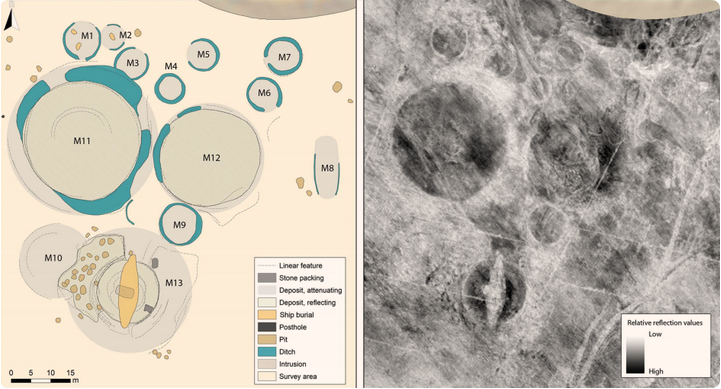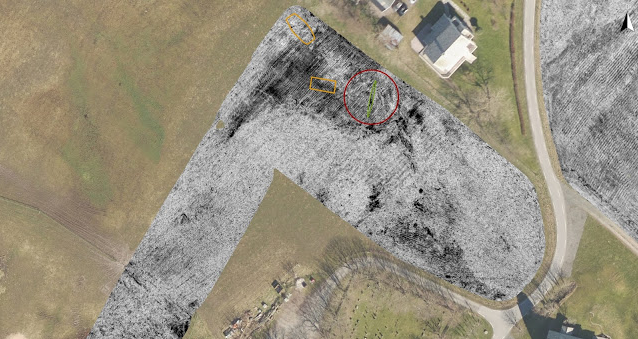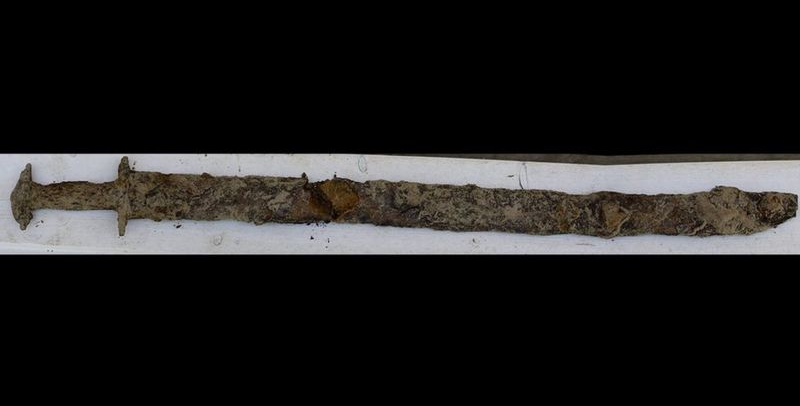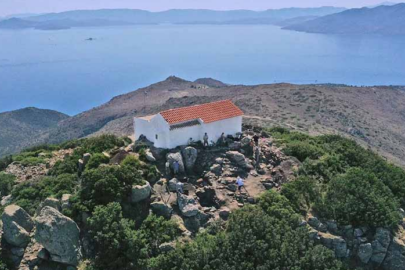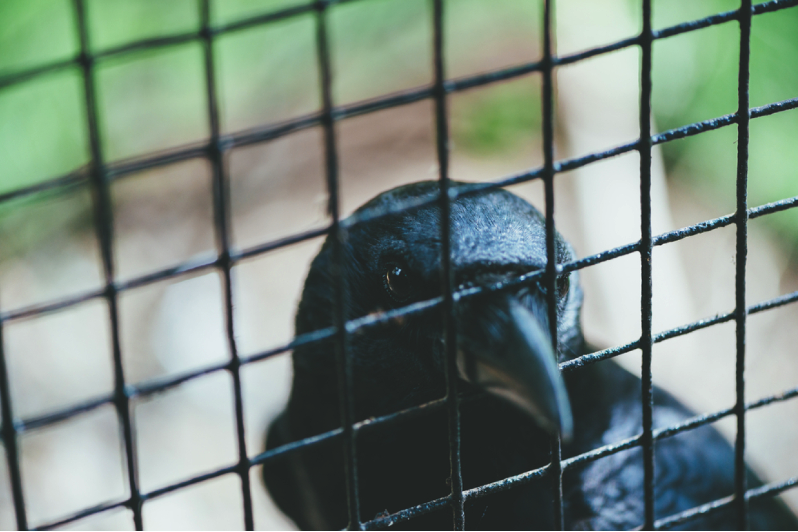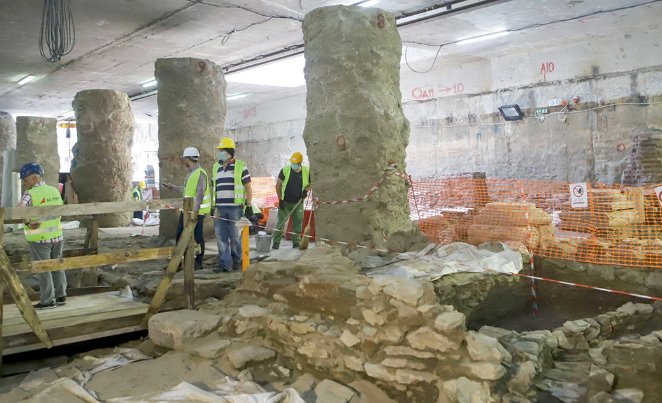Archaeologists in Norway have uncovered a unique Viking burial site, hidden deep underground, dating back over 1,000 years ago. Using only a radar, researchers identified a feast hall, cult house, farmhouse and the remnants of a ship.
According to a study published Wednesday in the journal Antiquity, the burial site is located in Gjellestad, in southeastern Norway. Gjellestad is home to the Jell Mound, which is one of the largest Iron Age funerary mounds in Scandinavia, according to the Norwegian Institute for Cultural Heritage Research.
Researchers were able to use a ground-penetrating radar (GPR) to map features below the Earth’s surface, finding the site without having to dig underground. The research originally began in 2017 to look for at-risk burial sites ahead of a construction project.
“Life-saving” nose spray that kills 99.9% of viruses begins production in Israel
A surprise discovery points to the source of fast radio bursts
Archaeologists classified the site as “high-status” after finding copper brooches and rings, a silver coin and, most notably, a gold pendant. Boats, which were symbols of safe passage into the afterlife, were also reserved for powerful Viking individuals.
“The site seems to have belonged to the very top echelon of the Iron Age elite of the area, and would have been a focal point for the exertion of political and social control of the region,” lead author Lars Gustavsen said in a press release.
Read more: CBS

